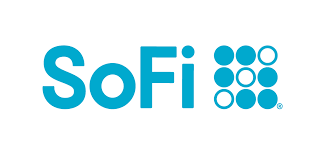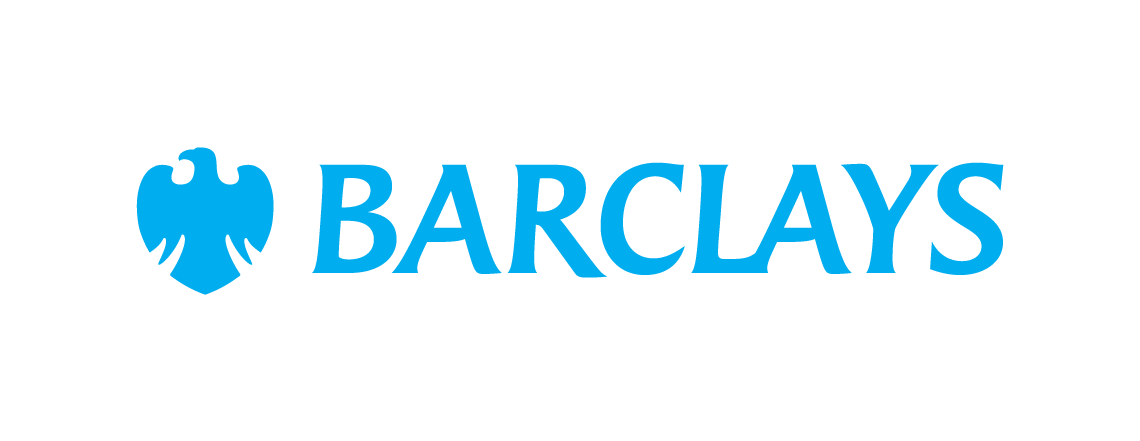As Schools Prepare for More Virtual Learning, Families May Face Food Insecurity
Remote learning puts a lot of students at risk of not getting enough food.
Last spring, schools across the country shut down as the COVID-19 crisis took hold. While many parents struggled to balance their job responsibilities and child care, others struggled with food insecurity. Roughly 20 million free lunches are distributed each day to students around the country who otherwise couldn't afford those meals. Meanwhile, close to 12 million free breakfasts are given out daily. But as the 2020–21 academic year kicks off, many schools are gearing up to stay closed. This puts a frightening number of parents at risk of not being able to adequately feed their children.
Food insecurity is a real problem
The number of Americans struggling to pay for food has skyrocketed over the course of the coronavirus pandemic. In July, close to 26 million adults said that people in their households aren't eating enough due to a lack of money.
Meanwhile, with COVID-19 cases surging throughout the country, many districts are opting to start the school year off remotely in an effort to protect both students and staff. And even those that begin the academic year with in-person learning may quickly revert to a remote model if local cases begin to spike.
At the same time, millions of Americans are grappling with unemployment, and for many, their benefits aren't enough to pay their bills in full. In the absence of savings, many families are having a hard time putting food on the table, and given the state of the economy, those who are jobless may very well stay that way into 2021.
Relief is available
If you're worried about feeding your family in the coming months, it pays to see if you qualify for the Supplemental Nutrition Assistance Program, or SNAP. Here are the income limits you'll need to stay within to qualify:
| Number of People in Household |
Gross Monthly Income Limit |
Net Monthly Income Limit |
|---|---|---|
| 1 | $1,354 | $1,041 |
| 2 | $1,832 | $1,410 |
| 3 | $2,311 | $1,778 |
| 4 | $2,790 | $2,146 |
| 5 | $3,269 | $2,515 |
| 6 | $3,748 | $2,883 |
| 7 | $4,227 | $3,251 |
| 8 | $4,705 | $3,620 |
| Each additional household member | +$479 | +$369 |
Source: U.S. Department of Agriculture
Generally, you'll need to meet both the gross and net income limits to qualify for SNAP. Your gross income is your total income before deductions are taken. Net income, meanwhile, is your total income minus allowable deductions, which include:
- A 20% deduction from your earned income
- A deduction of $167 for households of one to three people, and $178 for households of four or more people
- A deduction for child or dependent care so you can work or pursue work-related training or an education
- Out-of-pocket medical expenses for elderly or disabled family members that are more than $35 a month
In some cases, you can also deduct child support payments, as well as certain shelter costs. Also, keep in mind that the above income limits are higher in Alaska and Hawaii.
Meanwhile, the amount of aid you'll get through SNAP will depend on the size of your household, as follows:
| Number of People in Household | Maximum Monthly SNAP Benefit |
|---|---|
| 1 | $194 |
| 2 | $355 |
| 3 | $509 |
| 4 | $646 |
| 5 | $768 |
| 6 | $921 |
| 7 | $1,018 |
| 8 | $1,164 |
| Each additional household member | +$146 |
Source: U.S. Department of Agriculture
Once again, these limits are higher in Alaska and Hawaii.
If you're eligible for SNAP, you'll receive your benefits via a debit card that's refilled every month. You can then use that debit card at authorized supermarkets.
Another thing: The Families First Coronavirus Response Act allows states to temporarily alter their procedures to help more families qualify for SNAP, so it's worth applying if your children previously qualified for free or reduced meals through your local school system.
Look beyond SNAP
In addition to SNAP benefits, it pays to see if you're eligible for free meals through your school district, even if school isn't actually in session. Earlier on in the pandemic, many states and school districts received funding to provide meals to students learning remotely. Usually, students are required to eat on site to be eligible for free meals, but the rules changed to be more flexible due to the pandemic.
You can use this interactive map to find locations where you may be able to pick up free meals for your child through the USDA's Food and Nutrition Service. You'll be given the name of a school offering meals, pickup hours, and the dates the program runs through. Keep in mind that some school lunch programs have been automatically extended through August 31.
Another thing you should know is that the Pandemic Electronic Benefit Transfer (P-EBT) program is also available to provide families with money to feed children who were previously eligible for free or reduced school meals. P-EBT benefits are usually generated automatically based on the aforementioned criteria, though you may need to apply yourself. The deadline may have already passed in your state, but it is worth checking to be sure.
Explore your options
If your family is having a hard time putting food on the table, especially in light of upcoming school closures, it's worth looking into local resources in addition to SNAP. Visit nearby food banks, or see if any local houses of worship are offering free meals. Right now, a lot of people are struggling, and there's really no shame in seeking help any way you can get it.
If you want to help families struggling with food insecurity, you can make a donation to Feeding America, or use its search tool to find food banks directly in your area.
These savings accounts are FDIC insured and could earn you 11x your bank
Many people are missing out on guaranteed returns as their money languishes in a big bank savings account earning next to no interest. Our picks of the best online savings accounts could earn you 11x the national average savings account rate. Click here to uncover the best-in-class accounts that landed a spot on our short list of the best savings accounts for 2024.
Our Research Expert
We're firm believers in the Golden Rule, which is why editorial opinions are ours alone and have not been previously reviewed, approved, or endorsed by included advertisers. The Ascent does not cover all offers on the market. Editorial content from The Ascent is separate from The Motley Fool editorial content and is created by a different analyst team.
Related Articles
View All Articles
